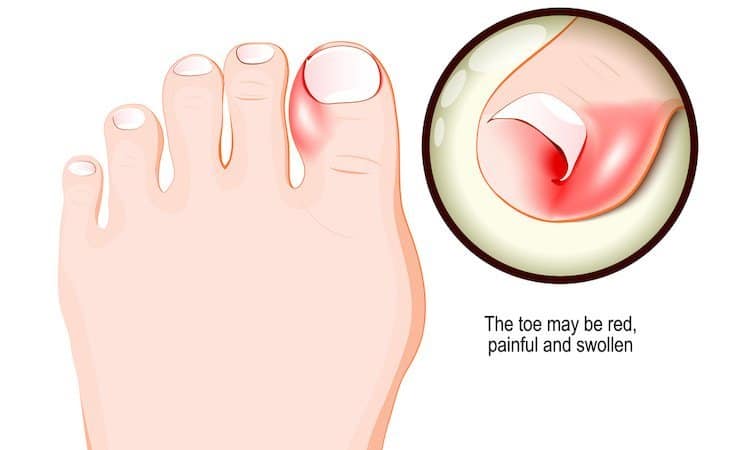Ingrown Toe Nails
Ingrown toenails are a common foot condition that can cause pain and discomfort. They occur when the edge of the toenail grows into the surrounding skin, causing irritation, inflammation, and sometimes infection.
The most common causes of ingrown toenails are improper trimming of the nails, wearing tight-fitting shoes, or sustaining an injury to the toe. Symptoms of ingrown toenails may include pain, tenderness, redness, swelling, and drainage from the affected area.
Treatment for ingrown toenails depends on the severity of the condition. In mild cases, soaking the affected foot in warm water and gently lifting the edge of the nail may provide relief. Over-the-counter pain relievers can also be used to alleviate discomfort.
In more severe cases, the nail may need to be partially or completely removed by a podiatrist. This can be done in the office under local anesthesia and usually provides immediate relief of symptoms. In some cases, antibiotics may be prescribed to treat an infection.
Preventing ingrown toenails involves proper nail care, including trimming the nails straight across and avoiding trimming them too short. Wearing properly fitting shoes and avoiding tight socks or hosiery can also help prevent ingrown toenails.
If you suspect you have an ingrown toenail or are experiencing foot pain or discomfort, it is important to see a podiatrist for an evaluation. They can diagnose the condition and provide appropriate treatment options to relieve pain and prevent further damage to the foot.
If you would like to get seen by our board-certified foot and ankle specialists, click here


